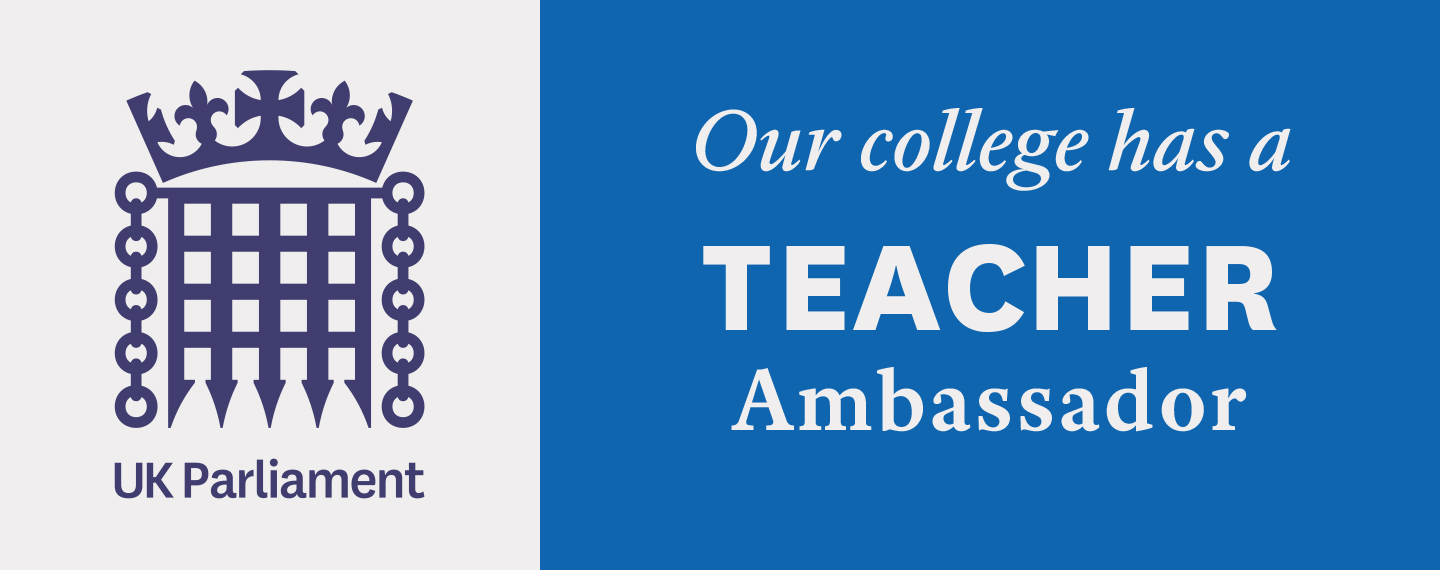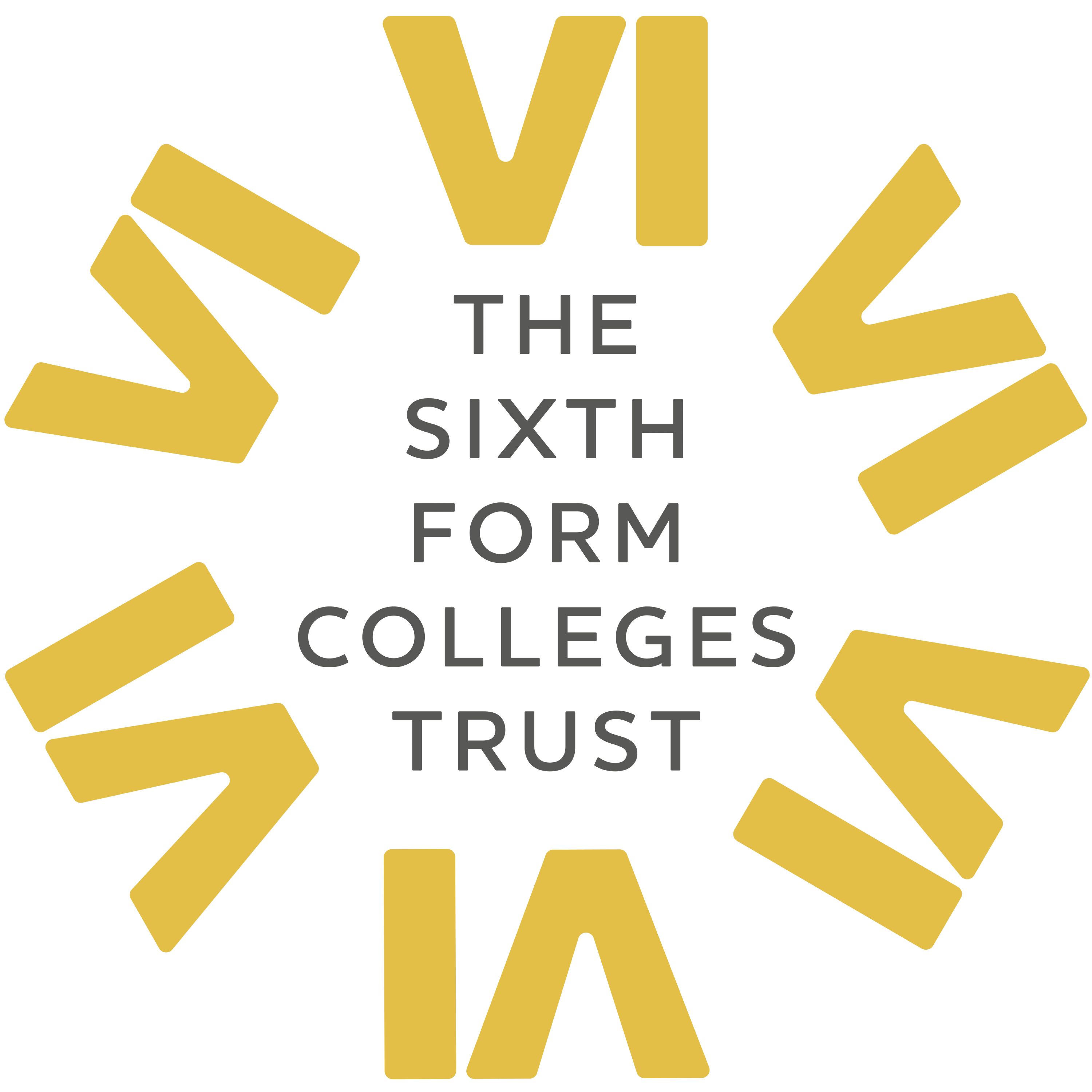
The Avogadro Trophy 2023
The Second Annual Titration Competition
The Stone Roses album Second Coming struggled to live up to expectations following the era-defining eponymous debut a few years earlier. As such, Second Coming is a frequently cited example of a “difficult second album” where the weight of expectation means a follow-up is harder to produce. Consequently, after last years’ dramatic inaugural titration competition some questioned whether a second event in 2023 could possibly maintain the excitement. Throw in some scheduling challenges and the introduction of a new research-based teaching sequence and, at times, it seemed possible that a competition may not even take place at all. However, those fears were safely put to bed on June 28th when several teams of students arrived to battle again for the Avogadro Trophy in the Second Annual Long Road Sixth Form College Titration Competition".
This year students were tasked with analysing the commercial kettle descaler Oust to determine the amount of lactic acid present (other descalers are of course available). Lactic acid is better known to chemists as 2-hydroxypropanoic acid or C3H6O3 and reacts in a 1:1 stoichiometry with sodium hydroxide, enabling the amount of the acid in a solution to be determined by titration. Finding the percentage mass of lactic acid in the descaling liquid whilst recording appropriate measurements and exhibiting excellent practical skills was thus the challenge facing competitors.
This year saw the first collaboration in a team of three students and conversely, an increase in the number of students opting to trust their own skills and work alone, the latter perhaps reflecting the approach of last years’ solo winner. As the competition start drew near, one pair of students sought last minute tips and ducked beneath the lab bench to consult a revision guide. Tension was clearly building, but after some safety reminders the competitors sprang into action. Remarkably, one student got some way through the practical method before realising they had turned up to the wrong event, having expected the written paper for the Cambridge Chemistry Challenge; undeterred they continued until the end.
As typical in this type of event, the first stage required students to prepare a standard solution by diluting a packet of the descaler liquid. Oleh Yakubovskyi made a rapid start to this process and appeared to take an early lead. The trio comprising Alex Hall, Akil Jijo and Lev Glushkov made a solid start as well, taking great care to ensure no errors occurred and a similar approach was taken by the pairing of Hannah Anil and Alex Scott. The remaining competitors - Leyla Safsoz and Sam Cull-Lapaire - worked individually, but also adopted similar cautious strategies. Paying great attention to detail, Safsoz noticed that slightly too many drops of distilled water had been added to her volumetric flask and a restart was required – however, the second solution was prepared flawlessly and no penalties were applied.
Before long, all teams had efficiently prepared their solutions and attention turned to the titration itself. Again, Yakubovskyi made the early break, being the first to obtain a titre and admire the end-point indicator colour (see photographs below). However, with no precedent for comparison it was not clear whether the deep fuschia-pink implied too much sodium hydroxide had been used. Other competitors were close behind, with Hall, Jijo and Glushkov splitting the work between three and keeping a very close eye on one another’s handiwork. In the early stages, it was Anil and Scott who actually obtained the best colour changes (pale pink) but as this gradually faded due to dissolution of carbon dioxide from the air, all teams found it hard to achieve consistency in repetitions. All chemists remained undaunted, drawing on experience to remain calm so that as the one-hour mark came into view there was little to separate the competitors. Gradually, concordant titres began to emerge with Safsoz, Anil and Scott all scoring maximum points for the practical work. Cull-Lapaire lost just a half-mark for an unconventional burette clamping, but this did not prove too detrimental or affect the titres obtained.
Calculations came next with Safsoz the first to start closely followed by Hall, Jijo and Glushkov. At this stage the competition was wide-open and no clear favourite could be discerned. Meanwhile, Yakubovskyi tried to get into first position, doubling down on obtaining the correct percentage mass by striving to perfect the end-point colour; petri dishes were employed for a sideline experiment. Cull-Lapaire finished the experiment a little behind the others due to a delayed start but made such rapid progress in the calculation that he became the first to submit an answer sheet. The judges swooped in to discover an excellent calculation of 90.7% lactic acid had been performed and that Cull-Lapaire had obtained almost identical results to the teacher standard. A gauntlet had clearly been thrown down to the other competitors; overhauling Cull-Lapaire would require almost perfect performance. In a throwback to 2022, the calculation became the discriminating factor. Safsoz already had perfect titration results, Hall succeeded in leading his team through a correct calculation as Anil and Scott made a late charge with the theoretical work. However, none could “Oust” Cull-Lapaire who stayed ahead of the field scoring an impressive 29/31 to claim the Avogadro Trophy.
Congratulations are due to all teams however; it was a close-fought contest and little separated competitors in the end. Particular credit should be attributed to Safsoz and Yakubovskyi who were confident enough to work alone and completed all the practical work in the same time frame as the multi-competitor teams. To conclude; although Second Coming proved to be the final Stone Roses album, the Avogadro Trophy will return again in 2024…. And when it does, it will bear the name of this year’s winner; Sam Cull-Lapaire.








